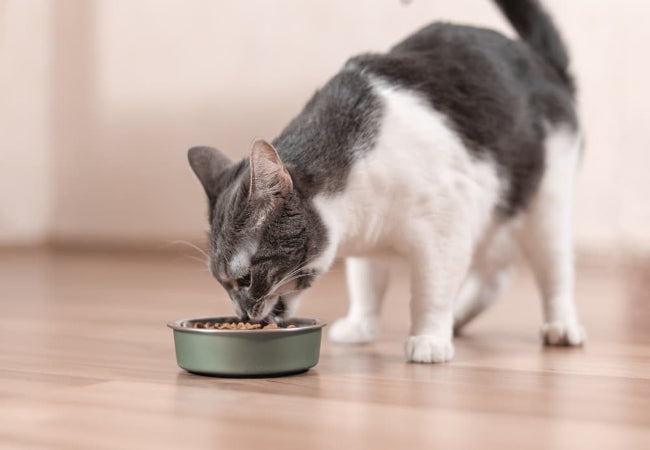Natural Hairball Control for Cats 2025: Vet Approved Foods & Habits 🐱✨

In this article
Natural Hairball Control for Cats 2025: Vet Approved Foods & Habits 🐱✨
By Dr. Duncan Houston BVSc
Hairballs aren’t just annoying—they can signal deeper issues with your cat’s diet, grooming, or digestion. While occasional hairballs are normal, frequent hacking, gagging, or vomiting can be minimized naturally with better nutrition and simple habits.
I’m Dr. Duncan Houston, veterinarian and founder of Ask A Vet. Here’s how to reduce hairballs naturally using food, hydration, grooming, and vet-safe supplements—without relying on petroleum gels or chemical additives.
💡 Why Cats Get Hairballs
- Self-grooming causes ingestion of loose hair
- Most hair passes through the GI tract—some gets stuck
- Dry diets, poor gut motility, or grooming stress = more hairball issues
📉 Signs Your Cat Has a Hairball Problem
- Frequent hacking or gagging without producing a hairball
- Vomiting clear fluid or hair weekly or more
- Constipation or straining in the litter box
- Reduced appetite or lethargy (if severe blockage occurs)
✅ Best Natural Foods for Hairball Prevention
1. Hydration First
- Moisture-rich diets (wet, raw, or cooked) help move hair through smoothly
- Add goat milk or broth to boost hydration
2. Fiber-Rich Additions
- Pure pumpkin (1 tsp per meal)
- Psyllium husk (small amount only under vet guidance)
- Cooked zucchini or mashed carrot (small portions)
3. Digestive Boosters
- Probiotics (Lactobacillus & Bifidobacterium strains)
- Digestive enzymes (lipase, protease, amylase blends)
🧼 Daily Grooming = Daily Prevention
- Brush your cat 1–2x/day, especially long-haired breeds
- Use deshedding tools to remove loose undercoat
- Wipe down with a damp cloth to remove saliva-coated fur
📋 Sample Hairball-Safe Meal
- Cooked rabbit or turkey mince
- 1 tsp pumpkin + pinch of probiotic powder
- Optional: ¼ tsp goat milk or warm water added to soften meal
🛑 What to Avoid
- Dry kibble-based diets (low moisture = slower gut movement)
- Hairball petroleum gels (short-term solution, long-term gut disruption)
- Frequent fish-based meals (linked to GI inflammation in some cats)
📆 When to See a Vet
- Repeated unproductive gagging
- Weight loss, vomiting, or constipation lasting more than 48 hours
- Palpable abdominal lump or no poop for >2 days
🔗 Tools from & Ask A Vet
- Ask A Vet – Upload food logs, poop photos, and grooming routines to get hairball prevention guidance
📋 Summary Excerpt
Hairballs are more than annoying—they can be reduced through diet, hydration, and simple grooming routines. A vet explains how to naturally prevent hairballs without petroleum-based products.
❓ FAQs
-
Q: Is pumpkin safe for cats daily?
A: Yes—in small amounts. 1 tsp/day is safe and helps improve fiber and stool movement. -
Q: Are commercial hairball treats effective?
A: Some help—but many contain fillers or low-quality oils. Natural food and hydration work better long-term. -
Q: How often should I groom my cat?
A: Ideally daily for long-haired cats. For short-haired breeds, 3–4x/week is sufficient during shedding seasons.






